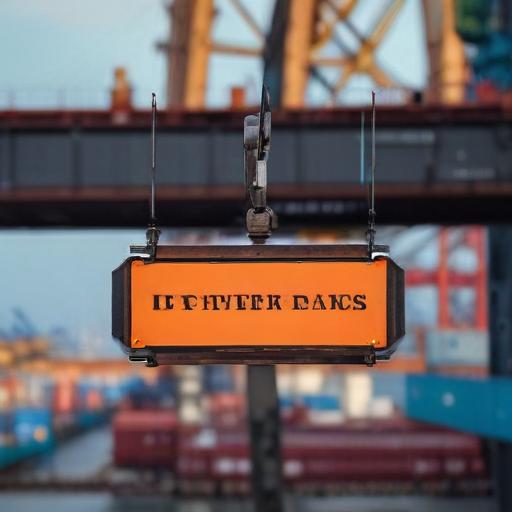U.S. President Donald Trump has announced an unexpected hike in tariffs on steel imports from 25% to 50%, set to take effect on Wednesday. This move, outlined during a visit to US Steel – Irvin Works in West Mifflin, Pennsylvania, is seen as part of the administration’s ongoing strategy to secure the domestic steel market amid ongoing global trade negotiations.
While this tariff increase is anticipated to significantly inflate domestic prices within the U.S., experts suggest that the impact in Europe could produce a more complex landscape, where certain buyers and manufacturers may find opportunities in lower steel prices. Josh Spoores, head of steel Americas analysis at CRU, stated that this tariff adjustment could redirect steel supplies from the U.S. to Europe, thereby potentially lowering prices across the Atlantic.
Manufacturers in Europe might capitalize on the surge in U.S. steel prices by increasing their exports to the U.S. in sectors such as automotive, construction, and appliances. Notably, Spoores indicated this could empower European steel-intensive product manufacturers amid fluctuating market conditions.
However, the outlook isn’t entirely positive. Analysts, including Rella Suskin from Morningstar, have highlighted that companies like BMW may face significant drawbacks, estimating a “high three-digit million amount” in negative financial implications due to existing tariffs. BMW shares fell 1.8% in early trading, reflecting investors’ concerns about the upcoming increases.
Moreover, companies in the renewable energy sector, such as Orsted, could also encounter challenges due to the lack of a local supply chain for offshore wind turbines, positioning them at a competitive disadvantage as tariffs increase.
This tariff hike showcases the administration’s ongoing commitment to domestic manufacturing, though it also highlights the complex interplay of global trade relations, with both risks and opportunities arising for various industries. As market players adjust, there’s potential for innovation and strategic realignments in response to these changes.
